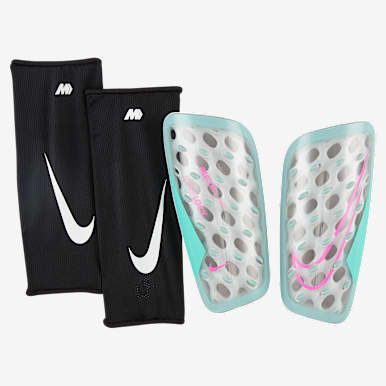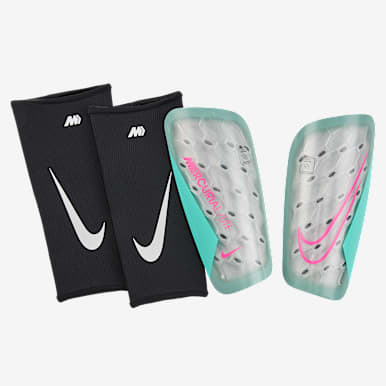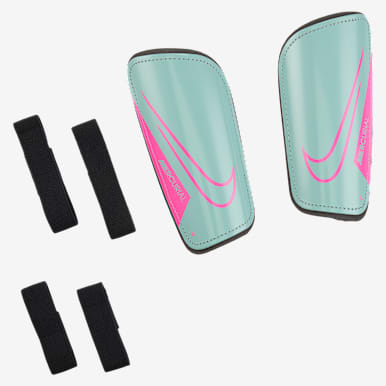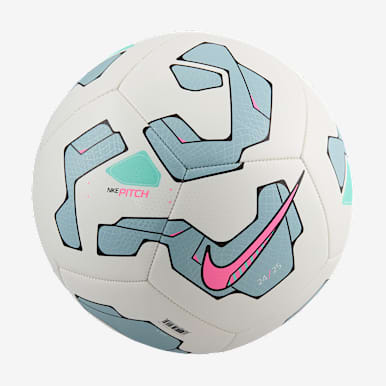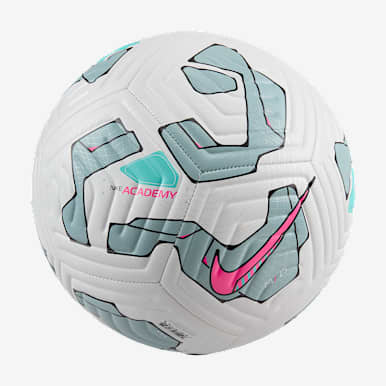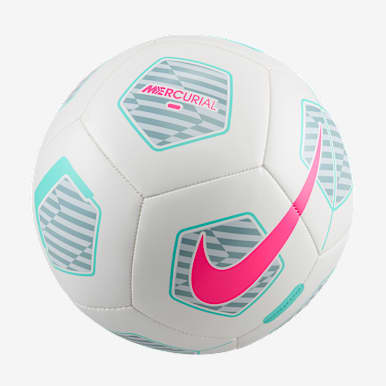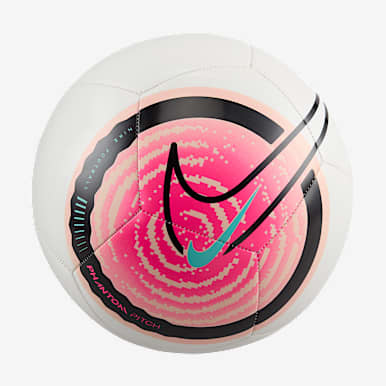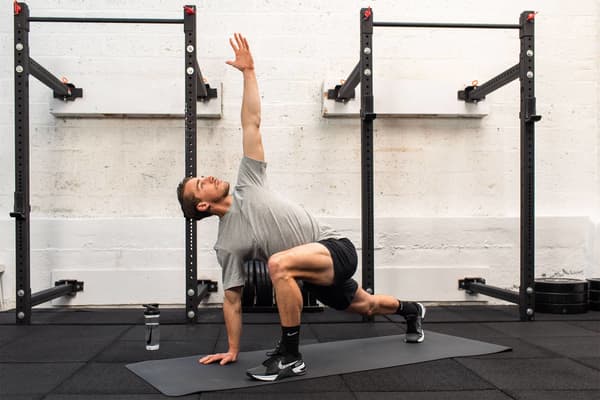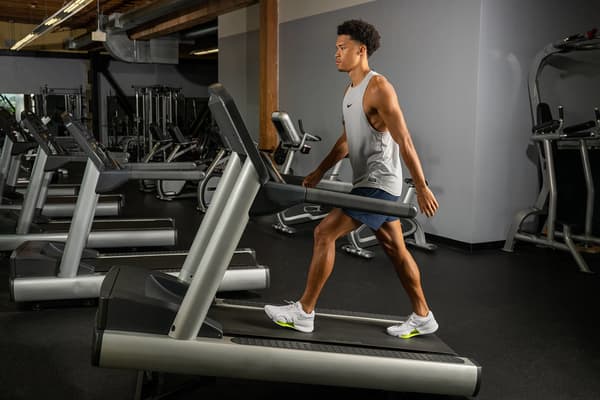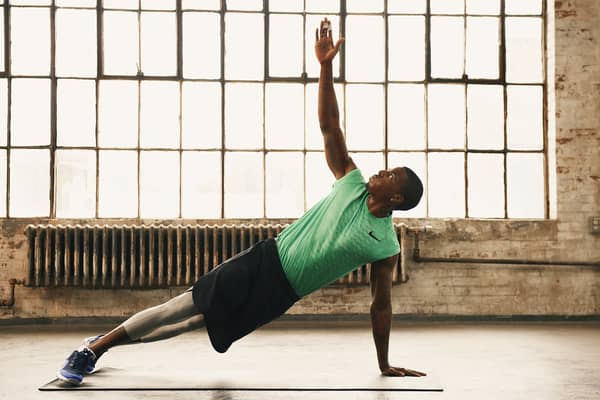11 Fundamental Football Drills To Boost Performance on the Pitch
Sport & Activity
Up your sprinting, dribbling, passing and shooting game with these core football drills.
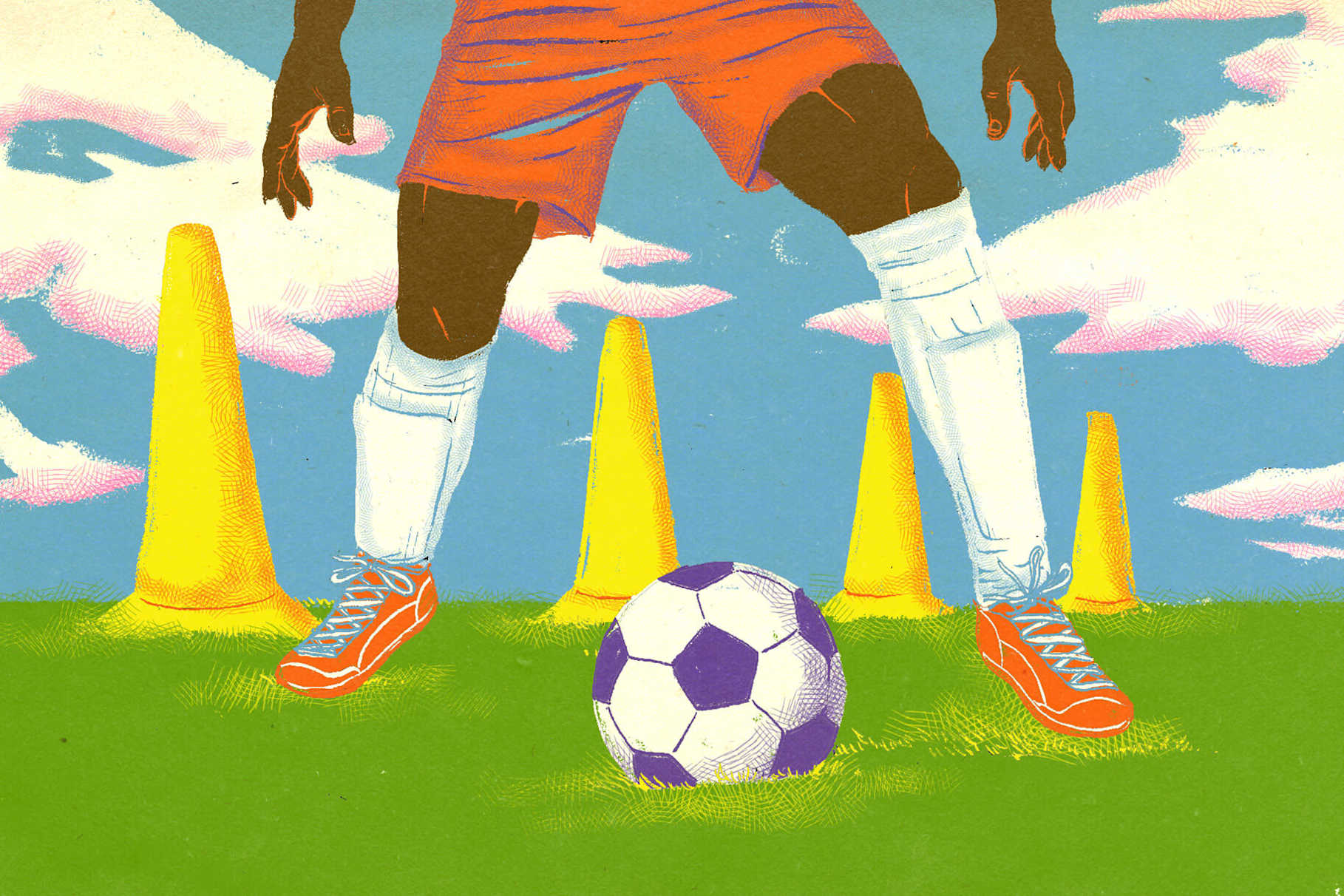
Whether you're a beginner or a professional athlete, improving in your sport takes practice—and football is no exception. Football is one of the only sports where players are restricted from using their hands (aside from the goalkeeper), and feet are the engine and foundation of the game.
To help footballers level up their play, football drills that focus on speed, agility and footwork are key, said Ben Fleming, CSCCA and USAW Level 1-certified coach, who's worked with football teams at universities including the University of Central Florida.
And for amateurs and seasoned vets alike, improvement begins with the basics. "A strong foundation, and understanding the basics, will beat fancy tricks any day of the week", Fleming said.
Read on to learn football drills that can boost your skills on the pitch.
The 4 Main Types of Football Drills
In order to move the ball up the pitch (and eventually score), it's critical to dribble quickly, pass to teammates with precision and shoot with power and accuracy. A ball bounces, has flexibility and can be slick at times, so it's important for players to learn the feel and nature of the ball. In order to master these skills, Fleming said he recommends practising drills in four areas—conditioning, dribbling, passing and shooting—two to three times per week, for anywhere from 30 to 45 minutes.
"Dribbling, passing and shooting are all valuable assets in the game of football, and all build on each other", Fleming said.
Beyond learning new drills, it's key to practise consistency to see ongoing improvements. "If you're consistent, you can expect to see improvements every three to four weeks in your ball control skills or touch, speed and accuracy".
Below, check out dribbling, shooting, passing and conditioning drills from Fleming designed to improve performance on the football pitch.
1.Dribbling Drills

In order to move the ball up and down the pitch and around or past your opponent, ball control—with speed—is important, Fleming said. These three drills help to refine that skill.
Pro tip: try to keep the gaze straight ahead, rather than down, while moving the ball.
Cone Weaving Drill
This is a key drill to help improve ball control.
- Set up five to six cones in a line.
- Dribble in and out of the cones as fast as possible without knocking any cones over.
- Repeat five times.
Slalom Cone Weaver Drill
This is an effective drill because it involves using multiple planes of motion while dribbling, which mimics an actual game.
- Set up five to six cones spaced out about five metres apart from one another, in a wide zigzag formation.
- Dribble the ball from one cone and diagonally to the next cone, ensuring that the ball travels around the outside of each cone. Repeat until you reach the end of the formation.
- Repeat five times.
Pro tip: while dribbling, work on moving both side to side and forwards.
Fast Dribble Drill
This drill will help you learn how to dribble with speed while maintaining control. "Envision when you're coming to a stop, like you're looking up to find a teammate to pass to", Fleming said.
- Set up five to six cones spaced five metres from one another.
- Dribble the ball as fast as possible five metres to the first cone, and come to a complete stop, placing your foot on top or in front of the ball.
- Repeat the same dribble to the next cone and stop.
- Continue down the line with speed and control.
- Repeat five times.
2.Passing Drills

Football is a team sport. And at some point while dribbling, a player will need to pass to teammates. Try these three drills, recommended by Fleming, to boost passing ability.
Short Passing Drill
This is a common, fundamental drill for the sport. Short passes can be made more difficult by holding onto the ball for less time and speeding up the rate at which you pass.
- Stand five metres away from a teammate or a wall (make sure you're not in danger of hitting anyone or anything.)
- Using the inside of your foot, pass the ball to your partner or wall. Make sure the ball stays in contact with the ground throughout the pass.
- Once the ball is returned by a teammate or from the wall, stop it, then repeat.
Long Passing Drill
This fundamental drill can also be made more challenging by adding in speed, holding onto the ball for less time and increasing the flight of the ball.
- Stand 15 to 20 metres away from a teammate or a wall.
- Using the laces of your boot, which allows you to kick further, pass the ball to your partner or kick it to the wall. Make sure the ball either stays in contact with the ground throughout the pass and has speed or it lifts in the air. If you're a beginner, start by keeping the ball on the ground until you master that.
- Each time you receive the ball on the ground or in the air, stop it before you pass it again.
Passing on the Move Drill
Level up this drill by adding in both speed and distance, by dribbling the ball faster and further.
- Have a partner that can travel down the pitch with you or a wall across from you. Stand five to 10 metres away from either your teammate or the wall.
- Take a couple of dribbles forwards with the ball, then pass it to your partner or kick it to the wall using the inside of your foot or laces as a gauge.
- Each time you pass the ball, make sure it stays in contact with the ground.
3.Shooting Drills

In order to win a football match, players must shoot the ball into the opponent's goal. While the goal itself might seem like a big target, once you add in movement and defenders, scoring can be a challenge. Fleming suggested working on shooting with these drills.
Still Ball Shooting Drill
This is a basic shooting drill, but you can add in difficulty by taking a running start.
- Stand in front of a goal or a wall, about 15 to 20 metres away, with the ball directly in front of you.
- Take one to two steps towards the ball, driving momentum by pushing hard off the ground with the non-shooting foot, and shoot using the inside of your foot or your laces. Make sure the ball stays to the far right or far left of an imaginary goalie in the middle.
- Focus on applying force to the ball with your foot. Aim towards the corner of the goal or target.
4.Conditioning Drills

Because the majority of a football game is spent running and sprinting, players should always be trying to improve their endurance and speed. Here are two drills from Fleming to help improve those skills.
Ladder Drill
This drill can be done daily and integrated into your pre-activity warm-up. "Ladder drills resemble the same movements a player must use while drilling the ball", Fleming said.
- Stand in front of an agility ladder or cones or marked squares on concrete that are spaced about five metres apart from one another.
- Work your way in and out of the squares, stepping in and out of each one, or around or by the cones, shuffling through them.
- Move forwards, backwards and side to side as quickly as possible.
Sprint Work Drill
Sprinting is a key component of football and it also builds strength and endurance—two qualities this drill helps with.
- Set up markers for a starting position and five-, 10-, and 15-metre distances.
- From the start position, perform a variation of all-out sprints beginning at the starting position.
- First, run to the 5-metre marker, then walk back to the starting position before running to the 10-metre marker. This exercise should resemble suicide drills.
- Repeat until fatigued.
Pro tip: change the directions you start your sprints to add different variables and to make it more challenging.
Words by Amy Schlinger NASM CPT












